© XAVIER RIBAS - Dead Ice [Like Air Trapped in their Lungs] (2024) 44 Pigment prints on Hahnemühle Photo Rag Baryta, 47.3 x 63 cm each. Ed 3+1ap
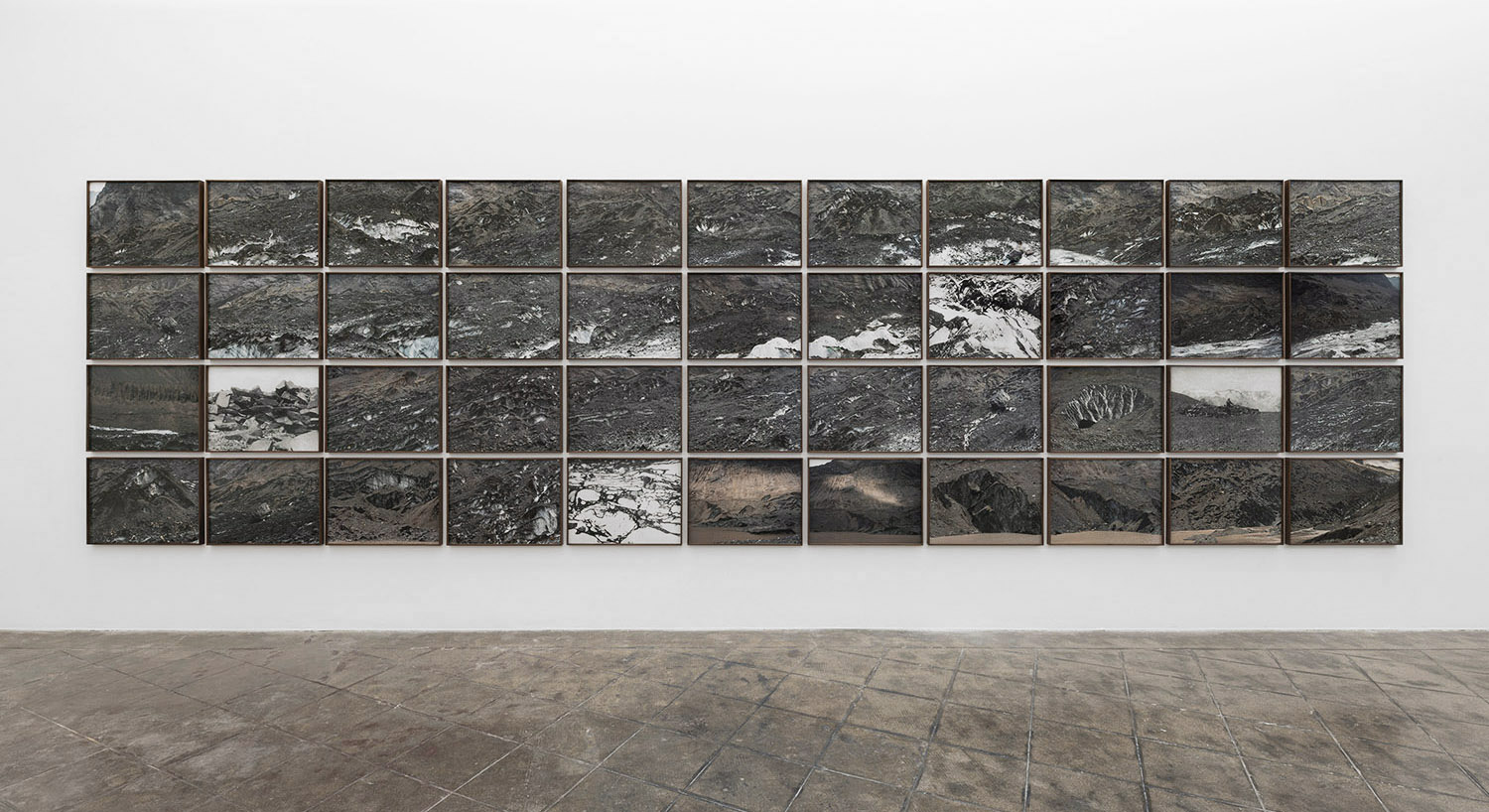
Dead Ice [Like Air Trapped in their Lungs] (2024), 44 Pigment prints 47.3 x 63 cm each. Installation Galeria ProjecteSD, Barcelona January 2024.
Dead Ice [Like Air Trapped in their Lungs] [2024] is an installation of forty photographs taken at the Juncal Norte glacier in Chile in January 2023, together with four archival images extracted from the 1959 bulletin of the Museo Nacional de Historia Natural in Santiago de Chile, where the scientific studies of the ice mummy of a child, excavated in 1954 from the Andean summit of El Plomo, were first made public.
---
Since the end of the Little Ice Age around the 1850s, and more noticeably from the beginning of the Great Acceleration of the 1950s, glaciers around the world have been receding, moving upwards and away towards the mountain heights, leaving behind fields of dead ice – ice which has ceased to flow and is gradually being covered with layers of mountain debris – reaching up to the sky. Unable to reproduce themselves, melting glaciers are "washing the future into the sea" (Leopold, 2021: 45).
More than discrete accumulations of ancient ice tucked away in a distant and remote place, glaciers are systems affecting vast geographies. For Andean Indigenous Communities a mountain is an "earth-being that is also a mountain" (De la Cadena, 2015: xxvii). Mountains are custodians of glacial ice and water that bring life to humans and non-humans near and far. Rather than pristine, inert, and remote from human influence, they see glaciers as sentient beings, alert to human behaviour, affecting and responsive to human interactions, animate and animating, and often describe them as intensely social and carriers of historical and cultural values (Cruickshank,2005: 11, 68, 258). Traditional environmental knowledge sees glacial ice as a condensation of time past and future, an "archive of endangered memories" (Jonathan Boyarin, quoted by Cruickshank, 2005: 67). Retreating Andean glaciers expose evidence of human history. As they recede, Andean glaciers uncover high-altitude archaeological sites containing Incan mummies preserved for hundreds of years on the summits of the Llullaillaco volcano, the Aconcagua and El Plomo, among others: sacrificial sites where capacochas were performed, ritual offerings of children to the Apus – custodians of glacial ice and water – who were buried alive and died from hypothermia.
The eroded formations of dead ice and mountain debris, ice white shades of cyan blues, are a configuration of scars, like glyphs, a coded message to help us see, like a 'reverse hallucination' (Springer and Turpin, 2017: 10), what we seem incapable of seeing, yet is manifestly present: an endangered future. Glaciers, solid and fossil waters, are entangled in a global economy of capitalist practices of extraction, consumption, and pollution that, contrary to traditional environmental knowledge, takes the Earth as a resource. The dead ice and the stones configure a calligraphy of absence, a manifestation of 'the theft of history', to borrow an expression from anthropologist Jack Goody, which points to the potential futures negated by the colonial extraction and appropriation of other people's cultural and material heritages.
There is no place that does not see us.
© Xavier Ribas
Cruickshank, Julie Do Glaciers Listen? Local Knowledge, Colonial Encounters and Social Imagination, 2005
De la Cadena,Marisol Earth Beings: Ecologies of Practice Across the Andean Worlds, 2015
Goody, Jack The Theft of History, 2012
Leopold, Aldo Think Like a Mountain, 2021
Springer, Anna-Sophie and Etienne Turpin, Reverse Hallucinations in the Archipelago, 2017
This work is part of the Traces of Nitrate project developed in collaboration with Chilean visual artist Ignacio Acosta and British historian Louise Purbrick. Traces of Nitrate is based at the University of Brighton and the Royal College of Art in London, and is financed by the UK Arts and Humanities Research Council [AHRC].
---

Dead Ice [Like Air Trapped in their Lungs] # 1 to 44
---
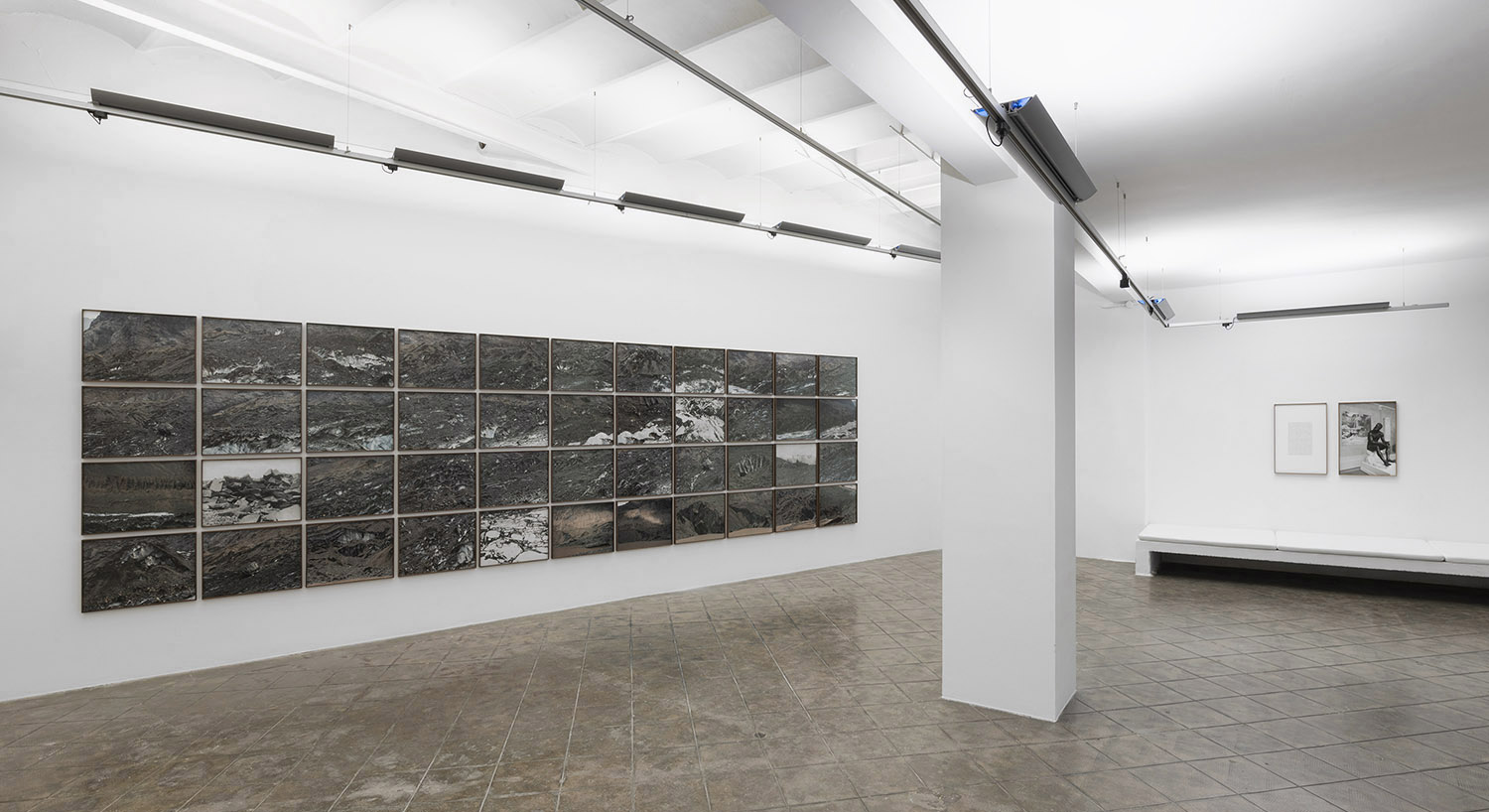
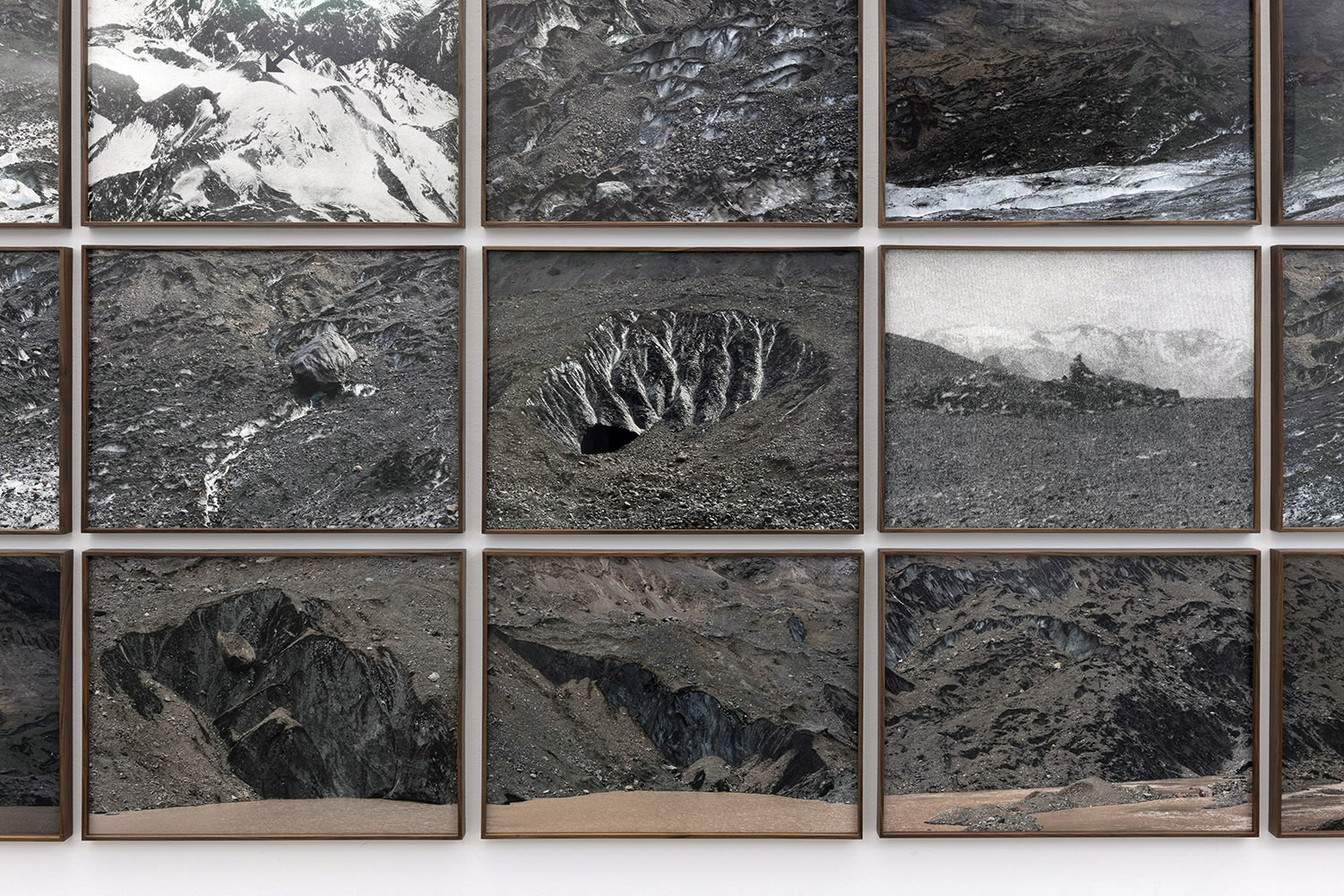
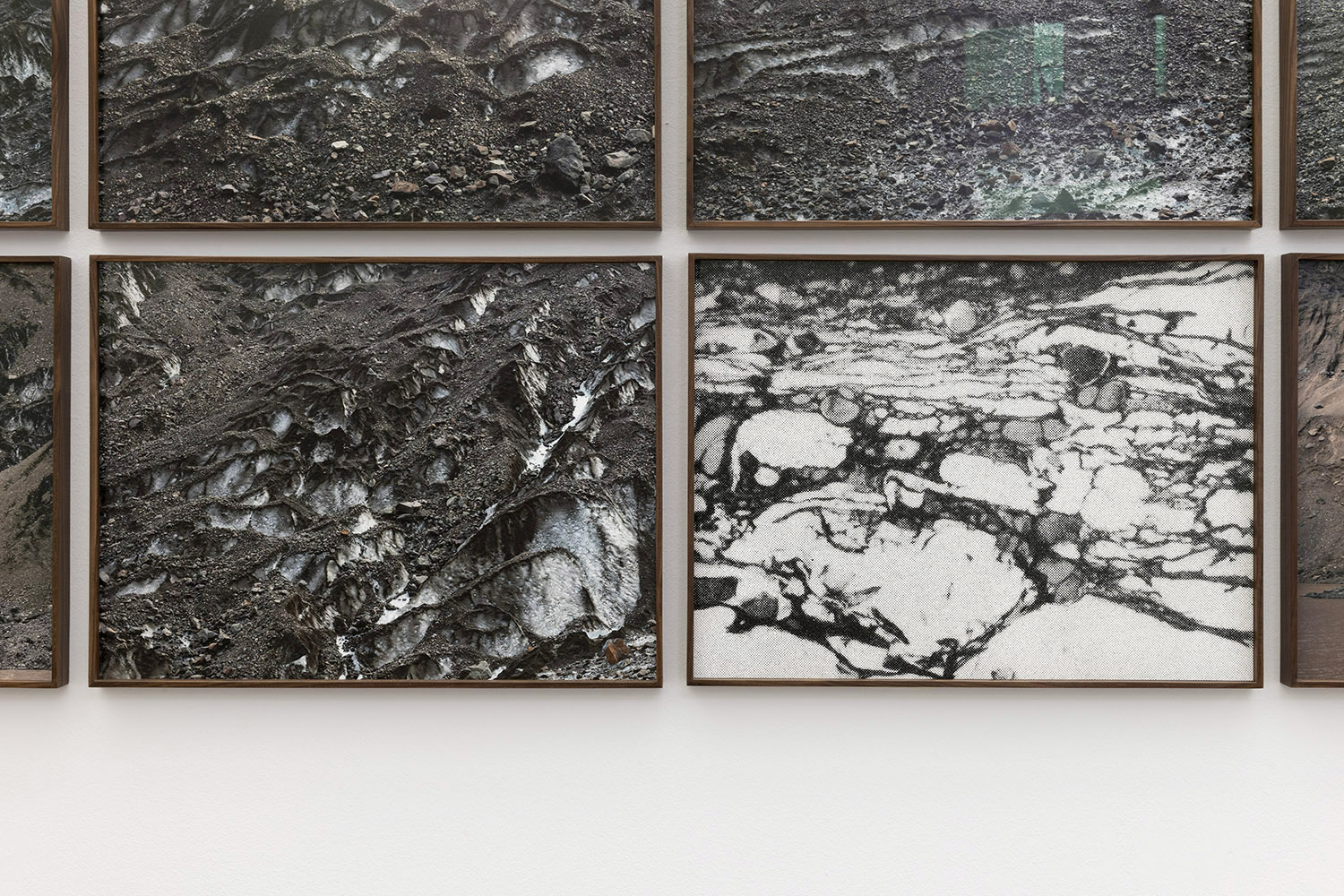
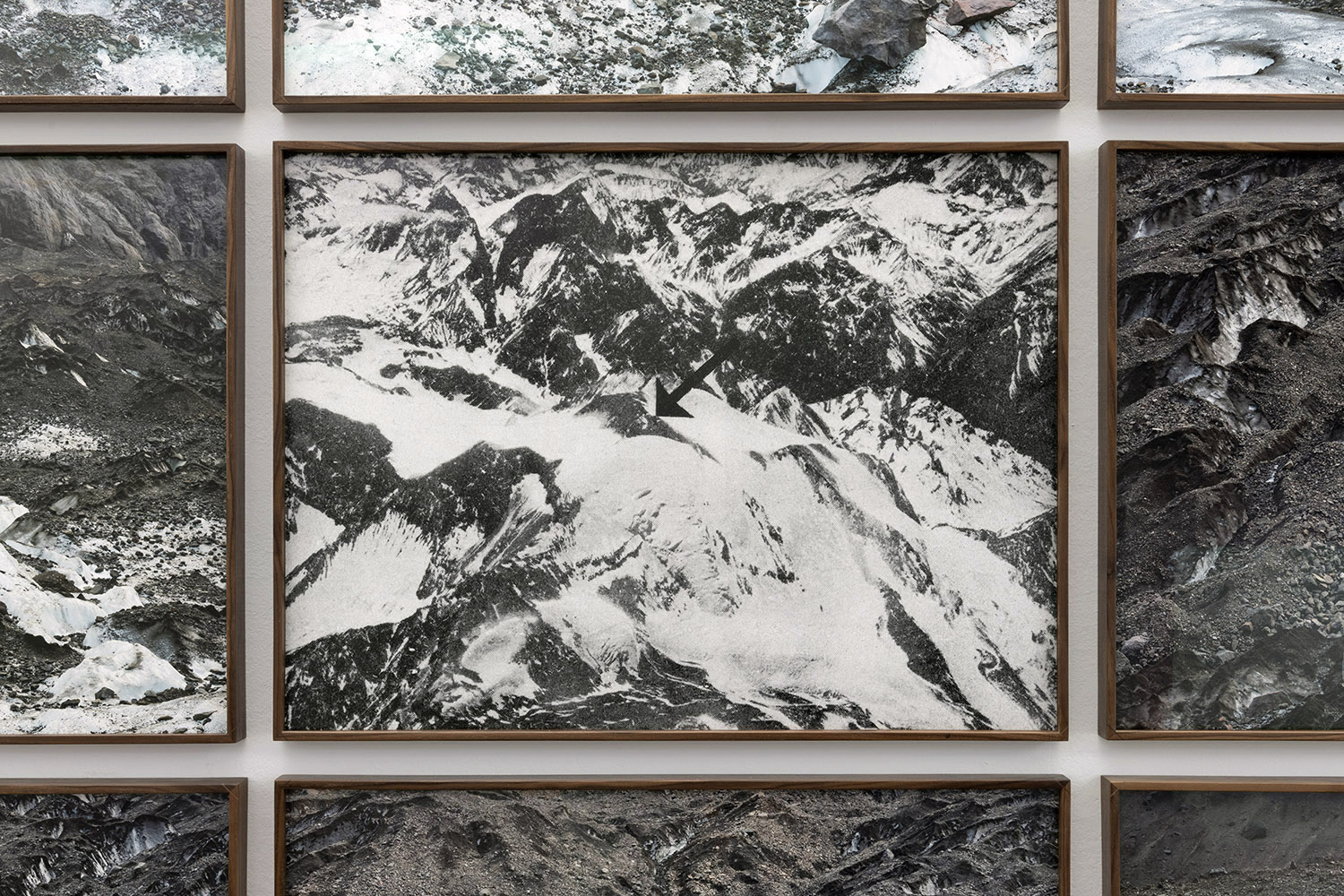
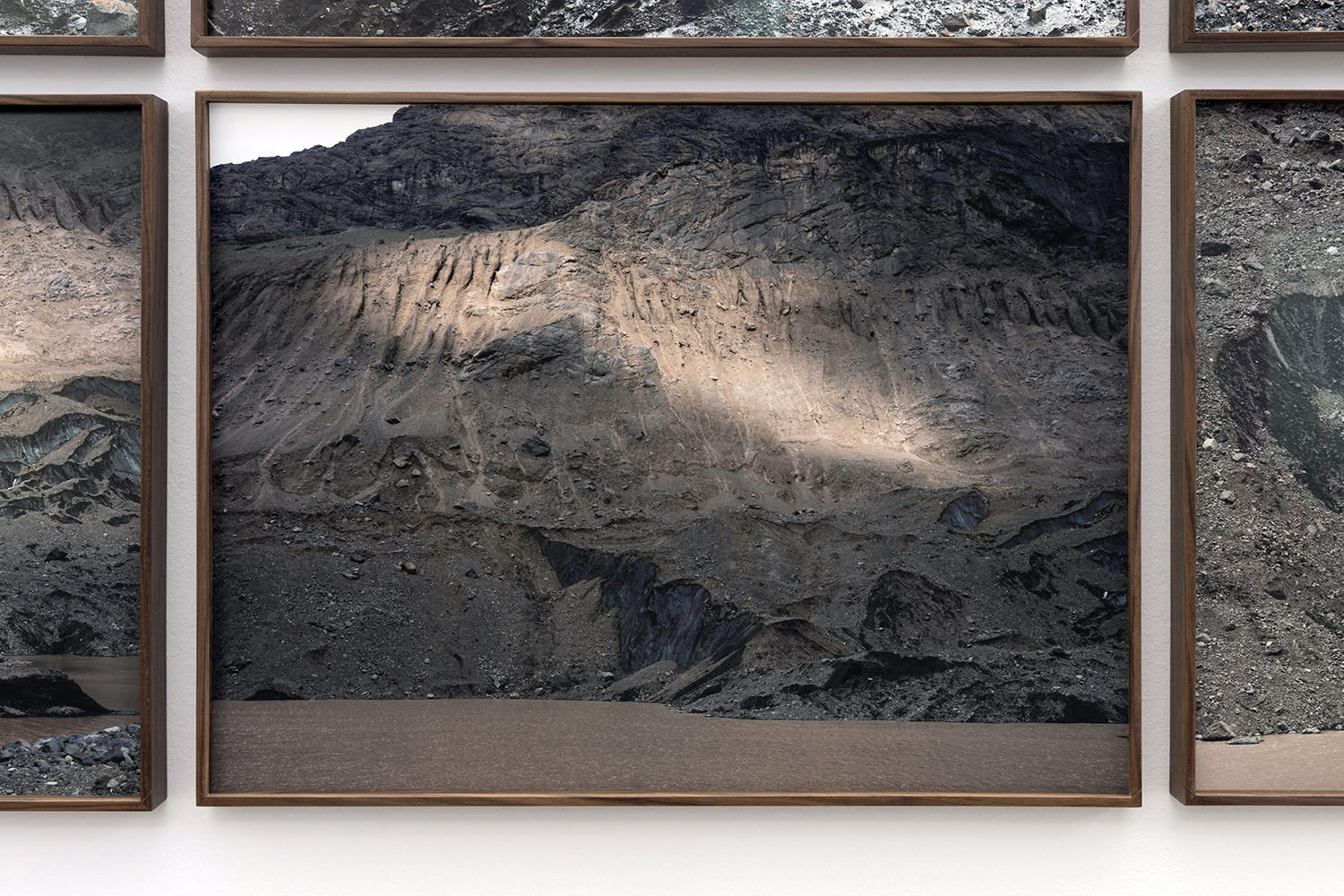
Installation photographs © Roberto Ruiz
